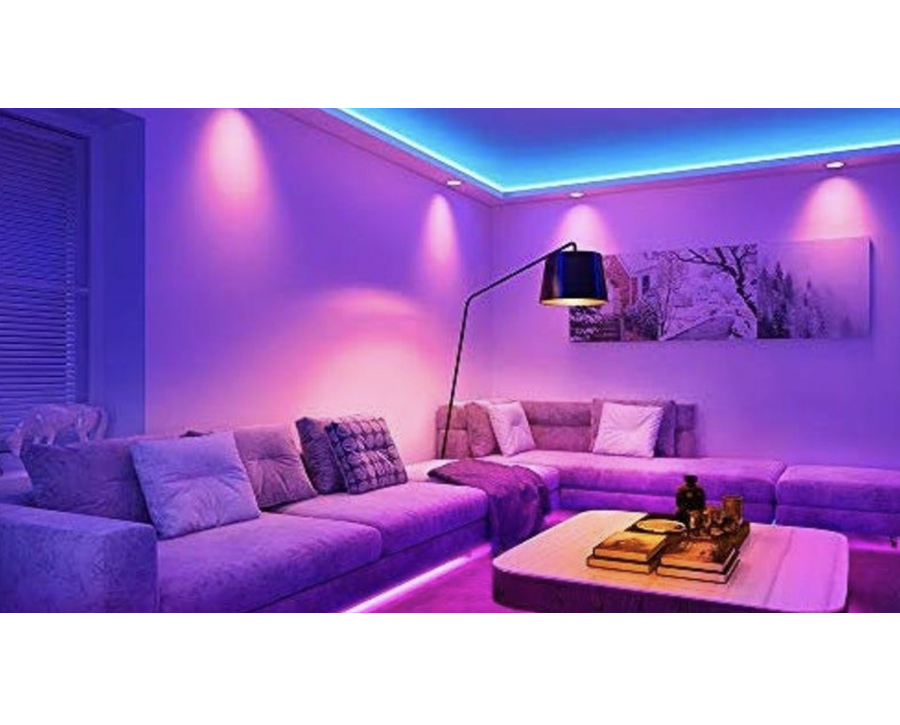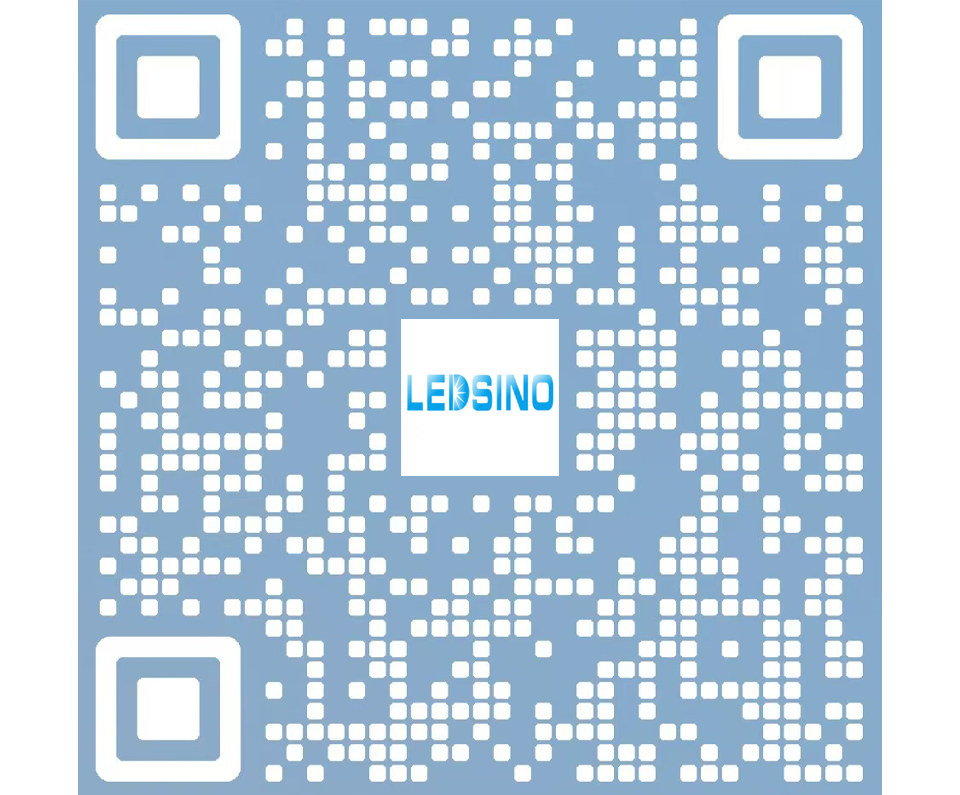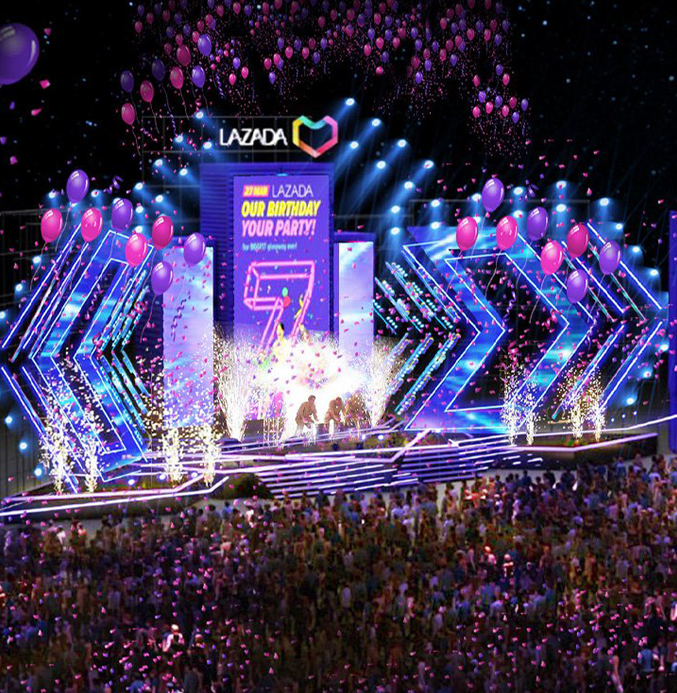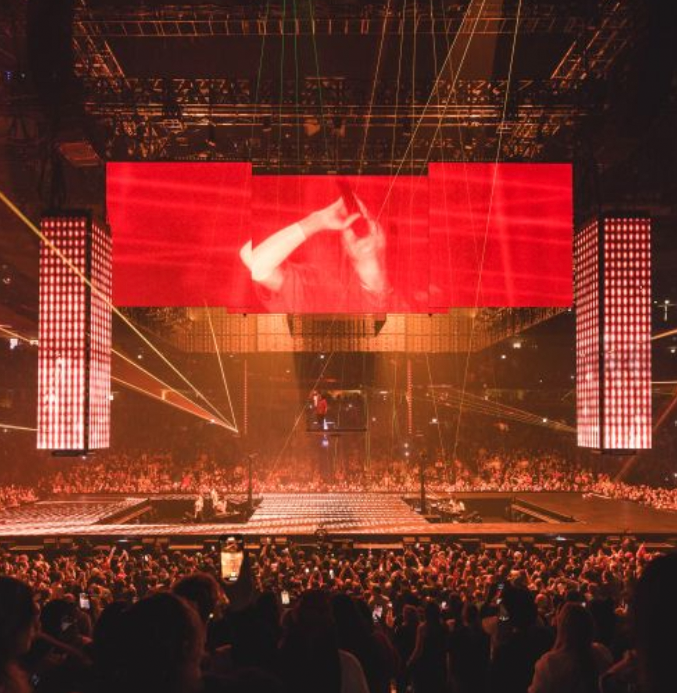
Ever wondered if LED lights generate heat? While they are known for their exceptional efficiency, LEDs do produce some heat—just far less than traditional bulbs. Understanding how they handle this heat reveals why they’re a game-changer in lighting.
What is LED light, and how do LED lamps work?
Traditional lighting technology is not as fuel efficient as the LED lighting technology which is used here. For example, while incandescent light bulbs let only 10% of energy come out in the form of light, the 90% come about as heat energy, while on the other end, we have the LEDs that have shown that most of the energy comes out in the form of light.
This efficiency is why they have gained acceptance in homes and business as well as even streets and other outdoor places. Moreover, the directional light emitting system of LEDs also indicates that they give out light where it is needed. This is quite different from Fluorescent and incandescent lights, which emit light in all directions, and hence use some degree of waste.
Is there heat output from LED lighting?
LEDs are among the most friendly lighting solutions that require energy. However this does not mean that they do not produce any heat. What is important to understand is that, like any electrical installation. They produce heat during operation. However, it is substantially negligible compared to other illumination types.
Where does the heat come from?
This kind of heat is created at the semiconductor junction where recombination takes place in LEDs. It generates photons of light in the process and also releases almost zero energy in the form of heat.
How much heat do LEDs produce?
The amount of heat LEDs emit when they’re switched on is significantly low compared to incandescent or halogen bulbs but present nonetheless. However, in contrast to the conventional bulbs that emit heat in all directions, LED heat is led away from the source of light through the heat sink—a component specifically designed to manage and dissipate heat.
Due to this efficient heat management, LED bulbs are cool to the touch after several hours of usage and thus are safer to use in so many applications.
Heat production comparison between LED lights and other types of lighting
As much as LED lights are considered “cool lighting,” how efficient are they compared to incandescent, halogen or fluorescent bulbs in producing heat?
- Incandescent Bulbs
An incandescent light bulb utilizes Watt elements that when passed through electricity generate heat and consequently light. This bright red hot filament is the one which emits light. For this reason, these bulbs change between eighty percent to ninety percent of input energy to heat thus they are warm or hot to touch while in use.
- Halogen Bulbs
Halogen bulbs are slightly more efficient than Incandescent bulbs but also radiate heat in large amounts. These compact lamps direct heat to focused areas and hence can cause hazards in enclosed spaces.
- Fluorescent Bulbs
Fluorescent bulbs are more efficient than fluorescent and much more than the incandescents and halogens but still emit heat, though not as much as the earlier options. Yet, their heat is usually conducted into the tube and ballast instead of the immediate space.
- LED Lights
Low heat generation is one of the attributes associated with LED products. This makes LEDs even more energy efficient and safe, especially in elongated or even high temperature operations.
Elements that influence heat generation in LED lights
Despite their efficiency, certain factors can influence the heat output of LED lights. Understanding these factors is essential for maximizing performance and longevity.
- Wattage and Power Usage
Despite the fact that LEDs are low-power devices, some of the high-wattage types can produce more heat. For example, LED emergency fixtures used in industrial areas that need high-lumen output are expected to dissipate more heat than residential LED products.
- Design and Build Quality
Among the factors considered is the quality of the LED components that is being used. Super cheap LEDs are typically accompanied by a poor heat sink and that means they die quickly. On the other hand Premium LEDs have complex Thermal Management Systems TM integrated into the product.
- Fixture Design
The type of fixture in which the LED is installed can impact heat dissipation. Enclosed or poorly ventilated fixtures trap heat, preventing the heat sink from effectively dissipating thermal energy.
- Environmental Conditions
High ambient temperatures can exacerbate heat issues. Outdoor LEDs designed for extreme climates often incorporate additional cooling mechanisms to maintain optimal performance.
How to achieve minimal heat production but high efficiency from LED
To get the best performance out of your LED lights while minimizing heat, consider the following tips:
- Choose High-Quality LEDs
Invest in reputable brands that prioritize thermal management in their designs. Look for LEDs with built-in heat sinks or advanced cooling systems.
- Use the Right Fixtures
Choose open or ventilated fixtures, as this allows air to circulate freely over the light sources and reduces warmth. Do not use LEDs where the fixture is likely to be completely closed unless those particular LEDs are designed for such an environment.
- Install Correctly
It’s important to install the correct wattage and voltage, as recommended in the company’s guidelines. One drawback of LED is that driving an LED means that you use it at a current higher than the recommended one, which will lead to overheating.
- Regular Maintenance
Avoid having dust on LED fixtures, as dust will interfere with the heat produced by the LED bulb. Every once in a while, it is important to examine the (LED) bulbs for any potential indication that they are getting hot and thus may fry and stop emitting light in the future.
- Explore Smart Lighting Systems
Current generation LED systems often come with dimmable or smart options, meaning that you can easily decrease brightness when full output is not required. It also saves power and decreases heat formation.
Conclusion
Even though LED lights are energy efficient, they give off some heat. This heat is minimal and is dissipated using what is referred to as heat sinks. LEDs are cool and safe compared to conventional lighting. These advantages make LED lighting preferred for energy conservation in homes and firms.

Enter the digital world with our advanced display technologies.


